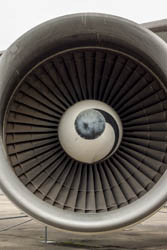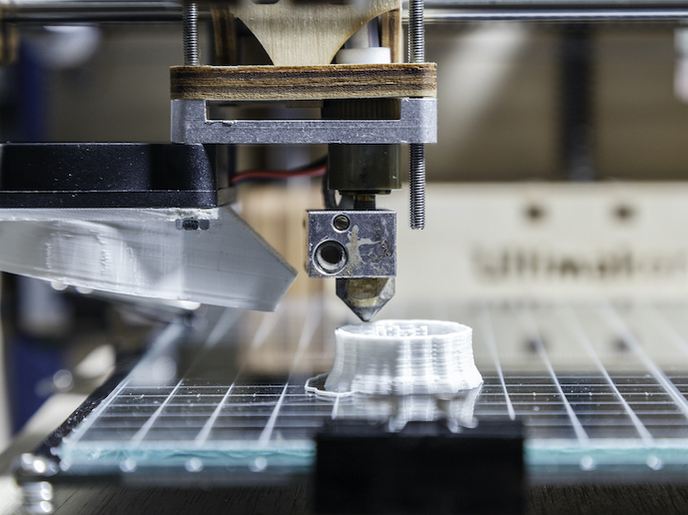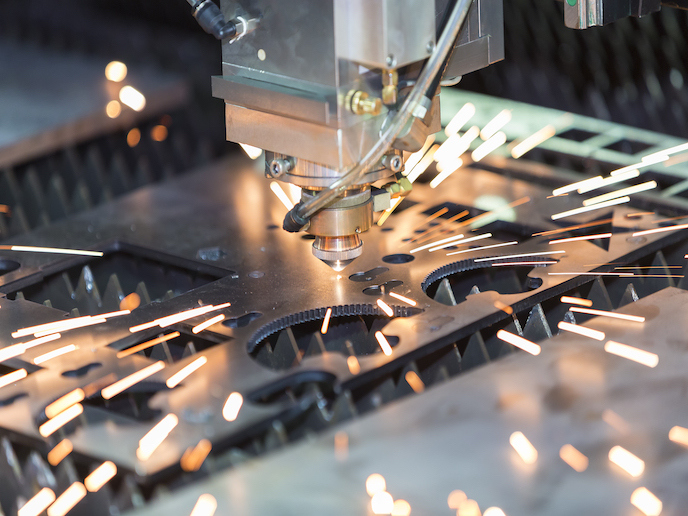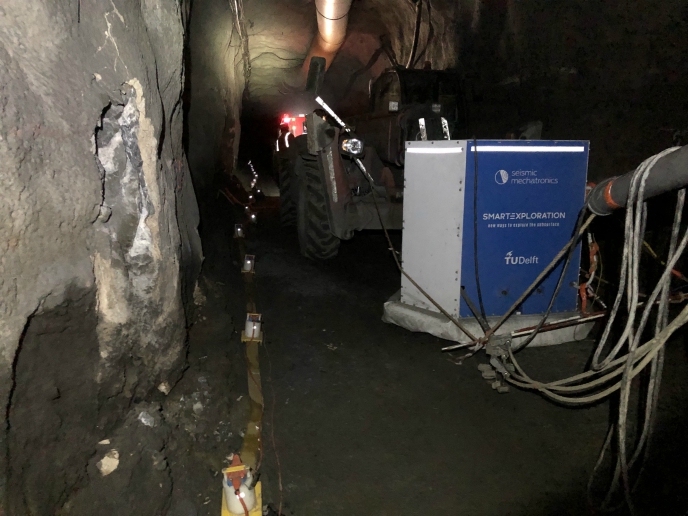Virtual strength of aircraft steel parts
Hot stamping has been quite successful in the automotive industry. Also called press hardening, it increases the strength of a material by forming metal while it is very hot and then quenching it (cooling it very quickly) in a cooled forming tool. It can produce very-high–strength steel from low-tensile–strength sheet metals. Aerospace-grade steel has not been used previously in the press hardening technique. Scientists evaluated its potential to meet the demands of a turbofan engine with EU funding of the project 'Hot sheet metal forming of aerospace materials - Virtual manufacturing and enhanced quality' (VIMAQ). They exploited a combination of modelling and experiments to study production of a sheet metal disc and guide vane. Finding a suitable steel grade and developing an accurate model of the material and process were key targets. The team also investigated the benefits of using near-net-shape blanks of the parts to save materials waste and processing time during the press hardening step. Researchers experimented with flat rolling, a technique typically used for standard strips or plates. Significant insight was gained regarding the use of aerospace-grade steel with the hard pressing technique. Scientists determined that production of the sheet metal disc can be done on an industrial level with processes covered in the project. However, manufacture of the guide vane with non-uniform thickness was more problematic. Rolling trials produced an appropriate profile, but caused surface oxidation that degraded surface quality. The most important issue was the inability of the materials to achieve the required strength. The team has thus eliminated three different aerospace grade steels as candidates for hard pressing and identified important issues for future consideration.







